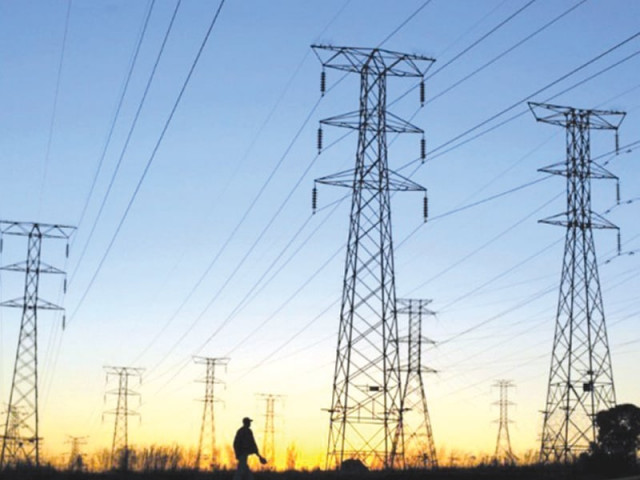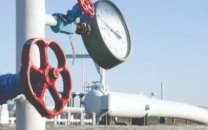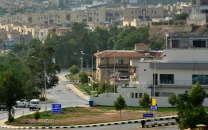Power import: ADB pulls out of project, WB and IDB to provide $1b
Under CASA-1000, central Asian states will supply 1,300 megawatts.

CASA-1000 will transmit 1,300 megawatts of surplus electricity from Tajikistan and Kyrgyzstan through Afghanistan, which will consume 300 megawatts, to Pakistan. PHOTO: FILE
The Asian Development Bank (ADB) has decided to pull out of the CASA-1000 power import project, but at the same time the World Bank and Islamic Development Bank (IDB) have agreed to provide $1 billion for the project that will bring over 1,000 megawatts of electricity from central Asian states.
The ADB, which was expected to provide 40% of financing, did not give any concrete reasons for backing out, sources say.
ADB officials told Pakistan authorities that the bank’s board of directors was required to approve financing for every project, but it was not willing to commit any funds for the power import programme.
According to government officials, the World Bank and IDB have given assurances that they will provide $1 billion in finances and the remaining funds will be contributed by countries that are part of the power supply plan.
CASA-1000 is a strategic project for the United States (US), like the Turkmenistan-Afghanistan-Pakistan-India (TAPI) gas pipeline. The US has been trying to promote these projects, which experts describe as unfeasible because of precarious security conditions in Afghanistan.

A senior official of the Ministry of Water and Power said the the cost of power import was initially assessed at $966 million, of which the ADB had to contribute 40%. Now, officials say the cost has risen past the initial projection due to delay in implementation of the project.
CASA-1000 will transmit 1,300 megawatts of surplus electricity from Tajikistan and Kyrgyzstan through Afghanistan, which will consume 300 megawatts, to Pakistan. The four governments had already signed a memorandum of understanding on November 16, 2007 in Kabul.
In the final feasibility study conducted in February 2011, the surplus power capacity of Tajikistan and Kyrgyzstan had been reassessed. About 3,700 gigawatt hours (GWh) is expected to flow by 2016.
However, the catch is that under the “No generation expansion scenario”, the volume of power export will come down each year in view of a rise in domestic demand in Tajikistan and Kyrgyzstan. Moreover, the energy flow will not be available throughout the year, instead it will be available only for the April-September period every year.
The cost of transmission has been estimated at 3.37 cents per unit, which will go up to 7.26 cents by 2030. However, cost of energy – the price at which electricity is generated from a specific source to break even over lifetime of the project – will be 5.38 cents per unit for 15 years and 4.94 cents for 30 years.
Published in The Express Tribune, October 15th, 2013.
Like Business on Facebook, follow @TribuneBiz on Twitter to stay informed and join in the conversation.



















COMMENTS
Comments are moderated and generally will be posted if they are on-topic and not abusive.
For more information, please see our Comments FAQ